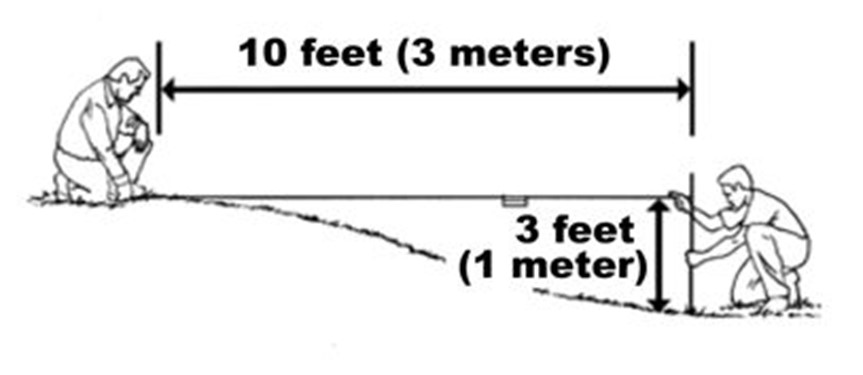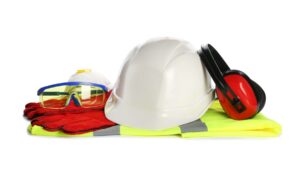
Heather N. Kolich, ANR Agent, UGA Extension Forsyth County
Power equipment helps us complete lawn care tasks in less time and with less labor. Unfortunately, this convenience carries increased risk of injury to lawn mower operators, by-standers, and youthful “helpers.”
Using data from 96 hospitals, the Consumer Product Safety Council’s 2018 National Electronic Injury Surveillance System (NEISS) report estimates that over 91,800 people in the U.S. received emergency room or hospital treatment for injuries related to lawn mowers. Another study reviewed emergency department injury coding data from 2006-20013 and concluded that the most common lawn mower-related injuries were lacerations (46.7 percent), fractures (22.4 percent), and amputations (21.5 percent) of the wrist or hand (65.4 percent) and foot or toe (19.8 percent). According to the studies, most injuries happened between April and September.
Awareness of risk factors and using safe practices are important steps in protecting ourselves and our family or co-workers from lawn mower injury. Please follow these tips for safety.
Assess the site
Before powering up the mower, walk the site to identify, remove, or mark projectiles and tripping hazards. These include:
- Acorns, rocks, sweetgum balls, sticks and other materials that can roll when we step on them, causing us to lose balance or fall. These same and similar items can become high-velocity projectiles on the discharge side of the mower. Pick up sticks and rake acorns and other small debris to the side of the mowing area.
- Holes, stones, roots, and borders are tripping hazards. Take note of these, and outline holes with spray paint if necessary.

Apply some math
Before mowing, determine the degree of slope with some simple measurements, a yardstick, and a tape measure. Have a helper hold the end of the tape measure at the top of the slope as you walk down to the bottom, measuring out a 10-foot distance. Stand the yardstick up vertically at the bottom of the slope and hold the tape measure against it horizontally, keeping the tape measure level with the top of the slope. Use the rise over run formula to determine the percent of slope. In the example below, the rise is 3-feet, and the run (distance) is 10-feet, so the formula is (3 ÷ 10) x 100 = 30% slope.

Push mowers can be used on slopes up to 20 degrees. To mow a slope with a push mower, start at the bottom and mow back and forth across the slope, working to the top.
Because they will slide and roll over, riding mowers are unsafe to use on ground with a slope greater than 27 percent. For safety on slopes:
- Measure the slope. If the drop from the top to the bottom of the slope is 2.7-feet or more across that 10-foot distance, do not use a riding mower to mow the area.
- On slopes that are safe to mow with a riding mower (less than 27 percent slope), mow up and down the slope, turning the mower on level ground at the top and bottom.
Dress for success

Wear personal protection equipment (PPE):
- Long pants and long sleeves to protect from flying debris, stinging insects, and poisonous plants;
- Gloves and steel-toed boots to protect hands and feet;
- Safety goggles and noise-reducing hearing protection;
- Hat for sun and tick protection;
- Brightly-colored safety vest for visibility to motorists.
Maintain forward progress
Always mow in a forward direction. Pulling a push mower backward endangers your feet and increases the chances of tripping. Operating a riding mower in reverse limits your field of vision. When mowing near a street, always face the direction of oncoming traffic.
Be cool with fuel
When fueling a mower, park it on level ground and allow it to cool completely. Never smoke around fuel.
A beautiful lawn can enhance our outdoor leisure time. Using safe mowing practices helps make sure we’re around to enjoy it.